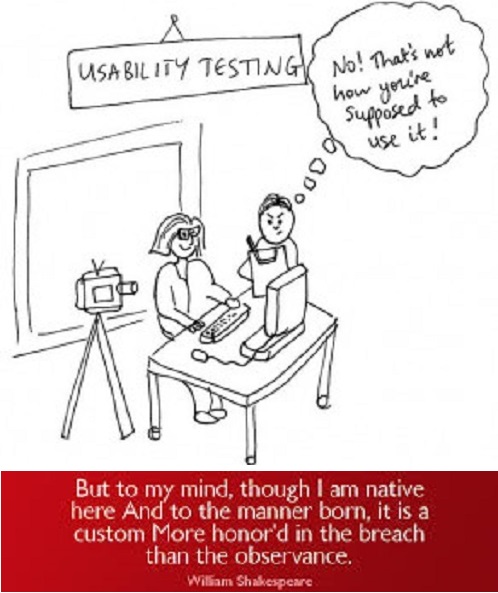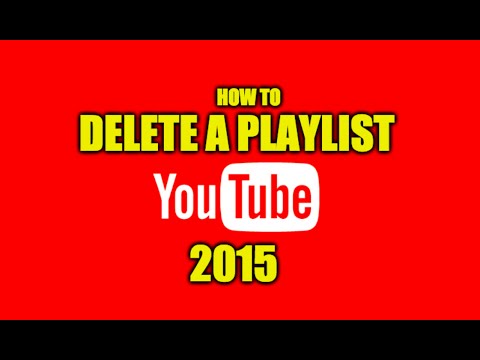Google presciently bought YouTube from its founders in October 2006, “betting that the popular video-sharing site will provide it an increasingly lucrative marketing hub as more viewers and advertisers migrate from television to the Internet.” Silly us. We thought that YouTube was something that individuals could use to entertain ourselves, and that popular ones would bring their originators (and Google) some (or a lot) of money from ads.
Well, Google sure isn’t making it easy for individuals, thanks to the messy combinations of accounts, email addresses, channels, and browsers that makes it a nightmare to find videos once you have more than one of each of these four entities. And to make matters worse, Google threw its failing Google+ social network into the brew. Using Chrome we find three channels (or are these accounts?)—Wilddancer, Beekeeping (thus far empty as we try to sort out the whole mess), and Bill Coggshall—associated with one email address, and two channels—Car Tunes by Coggshall (which started out as “Car Tunes” that YouTube allowed me to reserve then reneged and forced me to add “by Coggshall”) and bill@technologybloopers.com (strange-looking channel, no?)– associated with a different email address (bill@technologybloopers.com). Using Firefox we find two channels (or accounts?)—Car Tunes by Coggshall and bill@technologybloopers.com—associated with email address bill@technologybloopers.com.



